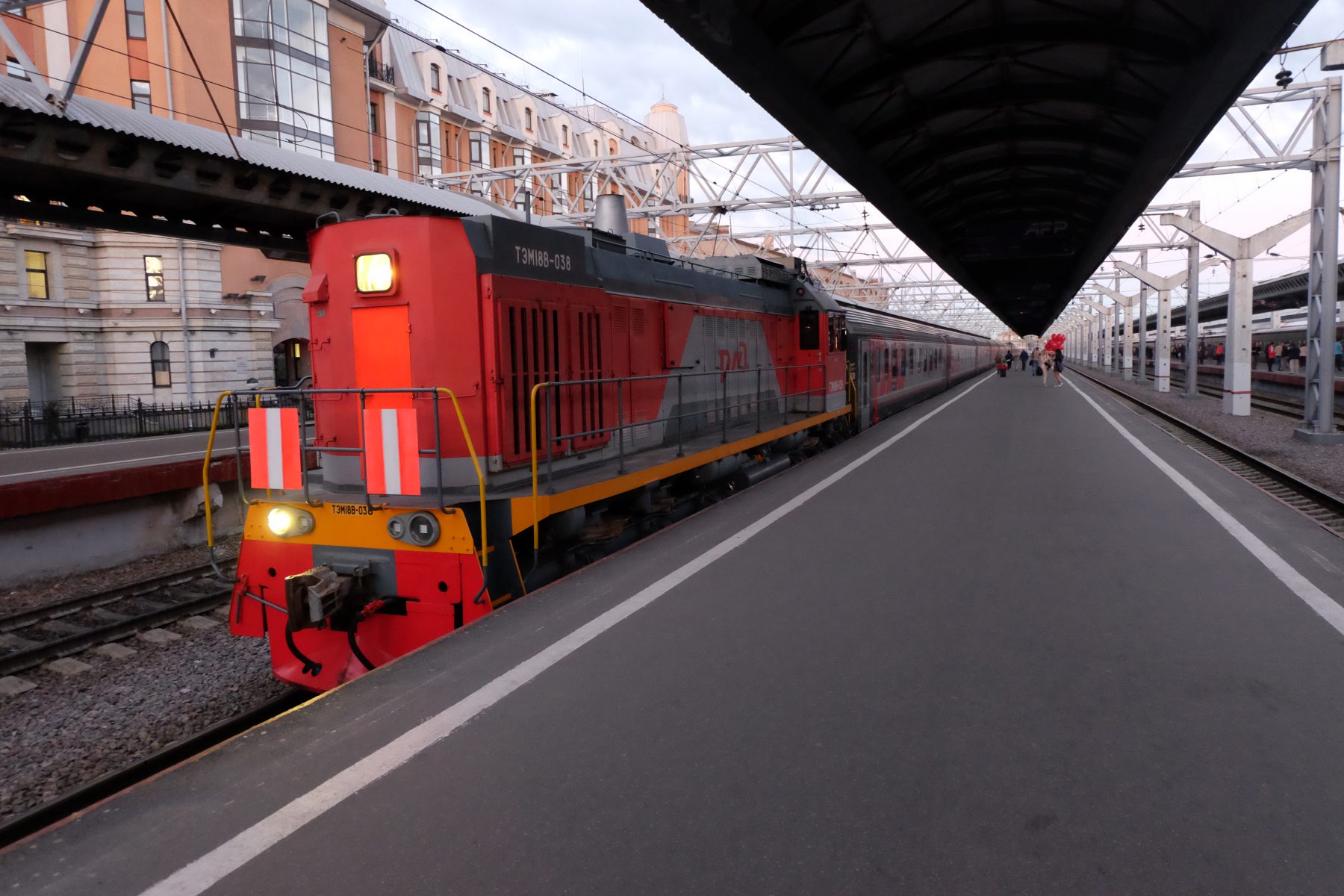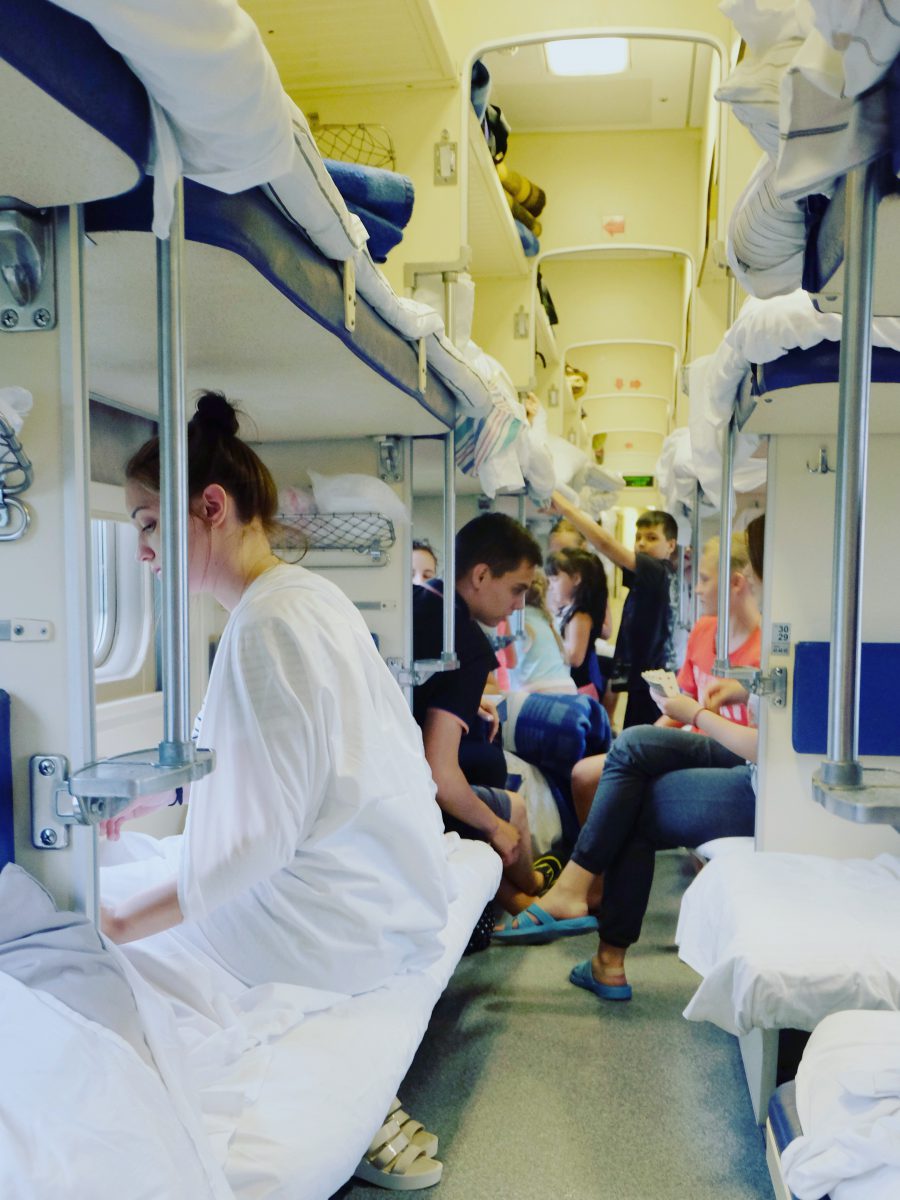Every time you board a train in Russia, your bags are scanned and a guard wearing a huge green hat checks your passport. As a rule in Russia, the bigger the hat the bigger the problem. But here everything went smoothly: I was given a bunk number and released into the carriage.
The carriage contains a water boiler (for tea) and lines of bunks running down either side. I was on the top bunk of the back bay. The train was filling up with other travellers, doctors, soldiers, children, academics and farmers, unpacking and changing into their pyjamas and slippers. Over five weeks, I will travel along the Trans-Siberian railway from St Petersburg to Vladivostok stopping at six towns for five days each.
St Petersburg, Moscow, Kazan, Novosibirsk, Chita and Vladivostok are evenly spread across the length of Russia along the Trans-Siberian Railway. They hold five of the six botanical gardens in Russia which are designated by Botanical Gardens Conservation International as of international interest. Every garden has a different history but each holds the flora of the surrounding region. I will visit the gardens to see if the story of the 20th century railway can be told through the plants in these gardens – how did the plants influence the railway and the railway influence the plants?
This is not a blog about plants, nor is it about the Trans-Siberian railway; but it is about the worlds of both. Hundreds of meters of film and countless archives document a railway stretching 10,000 km from Moscow to Vladivostok: who built it, what was the cost, and what were the consequences? There exist thousands of pages on the movements of plants and botanical gardens. This project is concerned with retrieving and imagining what Svetlana Alexievich calls the “missing history”: the intersection between a railway, an industrial and instrumental form of infrastructure, and a string of gardens, part of an effort to appreciate, preserve and harness plants-life.
The idea of using gardens spread along a railway to explore a collective world emerged out of my classwork. I am half way through a two year Masters at Harvard’s Graduate School of Design where I have been drawn to landscape and infrastructure classes. Before Harvard, I had a wonderful year working at Chetwoods. On hearing about the botanical gardens project, Laurie kindly suggested writing a blog. I will record the journey through four entries, each on a different theme.
The research trip was made possible with a Summer Graduate Research Grant from the Davis Centre for Russian and Eurasian Studies at Harvard.


